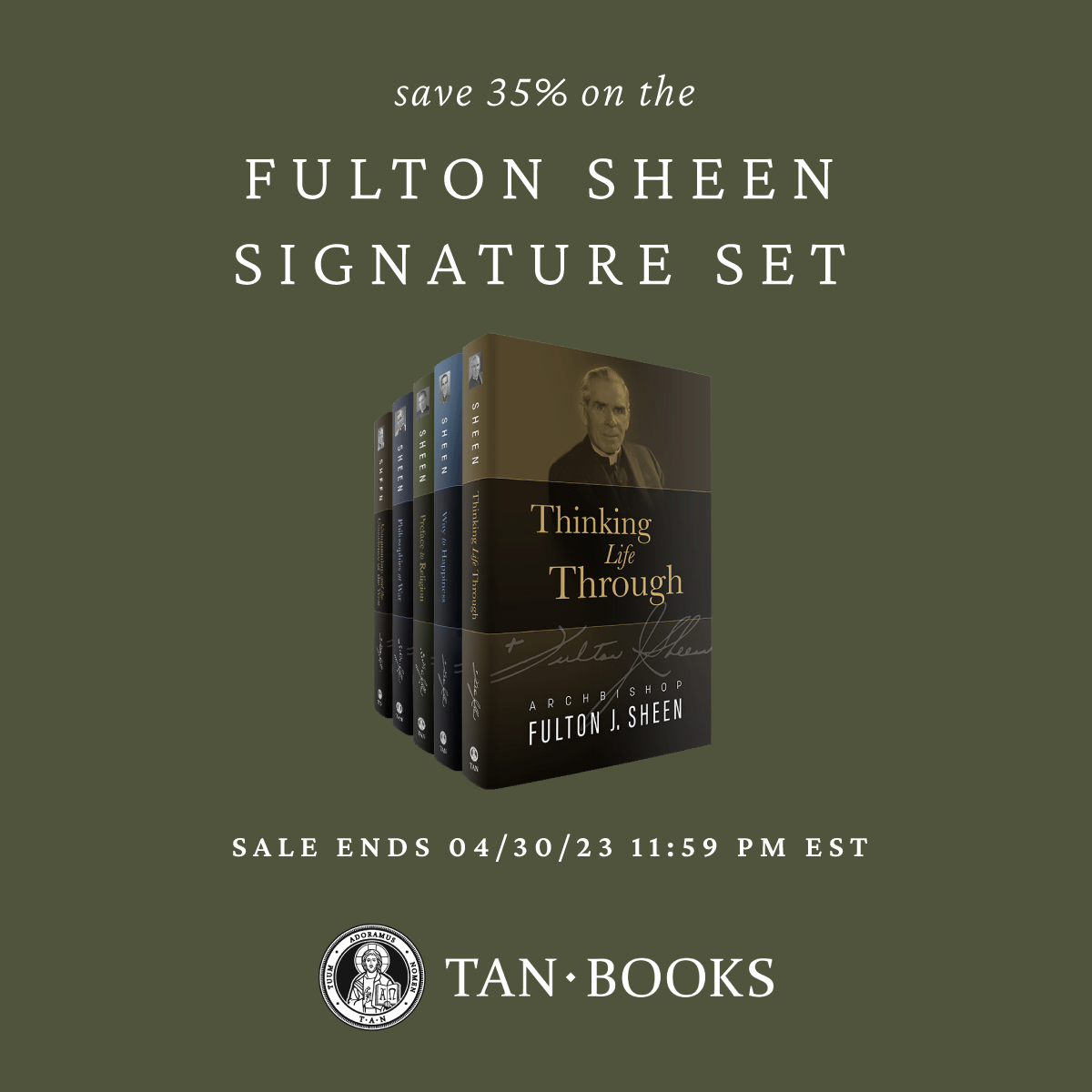Fasting and Feasting During Advent
By Emma Restuccia
Feasting has certainly become part of many traditions, including during the holy days Advent and Christmas, but a less common part of the Advent tradition is the practice of fasting. Both of these practices should hold their place in the experience of the reverent and festive seasons of Advent and Christmas.
Fasting is usually thought of primarily––and almost solely––during the liturgical season of Lent, the 40-day penitential period leading up to Easter. During this time, the faithful focus on fasting, prayer, and almsgiving to prepare the heart and soul for the solemnity of Easter. But after these 40 days, many take a fasting hiatus until the next year.
The spiritual benefits of fasting, though, can be so rich that this practice should be embraced throughout the whole liturgical year. Christian texts, as well as the Old and New Testaments, show fasting was common in the early Christian community. Drawing from the example of Christ and the disciples, early Christians saw fasting as a way to increase closeness with God through denial of self. Fasting breaks the enslavement to material objects (in this case, food) and “helps us acquire mastery over our instincts and freedom of heart,” as the Catechism of the Catholic Church describes (2043).
Until 1966, every Friday was a day of mandatory fasting and abstinence from meat. That year, the U.S. Bishops issued a pastoral statement abolishing the mandatory practice of abstaining from meat on Fridays in the country. While they encouraged the faithful to still practice this fast or to substitute other penitential practices, it is not as common to do so.
Still mandatory, another fast is the one hour fast before receiving Holy Communion. Originally, this fast began at midnight but, after 1964, the fast was reduced to one hour before reception of the Eucharist.
Physical hunger anticipates and echoes a spiritual hunger, to be satisfied by the true food of Christ’s own Body and Blood. Fasting gives way to festivity and celebration, emptiness to fullness, hunger to true satiety. Think of an Advent fast in this same way.
Advent is a penitential season which we participate in through prayer, fasting, and almsgiving. Just like during Lent and the Communion fast, we ready ourselves through an Advent fast to gird our hearts and souls for the coming of the newborn King.
In a sermon, Pope St. Leo the Great shared the necessity of fasting for spiritual growth. Traditionally, fasts were observed at four different times during the year so that they were in sync with the seasons. The liturgical fasts allow the Christian to serve the Creator in union with his creation, and to build a consistent pattern of self-restraint. “When the body therefore fasts from food, let the mind fast from vices, and pass judgment upon all earthly cares and desires according to the law of its King,” the pope said.
He also expressed the spiritual duty of fasting during the month of December (historically, the tenth month in the Roman calendar). “You must observe the fast of the tenth month, whereby, for the complete harvest of all fruits, there is most fittingly offered to God, the giver of them, an offering of self mortification,” Pope St. Leo said. “For what can be more salutary for us than fasting, by the practice of which we draw nigh to God, and, standing fast against the devil, defeat the vices that lead us astray.”
Fasting and penance thus “prepare us for the liturgical feasts” (CCC 2043). After Friday comes Sunday, after the fast comes the feast.
Feasting, too, is an integral image in the Catholic life. Scripture is filled with references of feasts and banquets. Ultimately, the heavenly banquet, the wedding banquet of the Lamb (Rev. 19:9), is the final destination of the spiritual journey. Just as bodily fasts empty us to be filled with Christ, so too can feasting harken to and imitate the spiritual feast and delights of the heavenly homeland.
The traditions of the holiday seasons bring ample opportunity for feasting. One of these traditions arises in the heart of Advent and the brink of the Christmas season. It is Festa dei sette pesci––the Feast of Seven Fishes. Also called Vigilia because it takes place on the Vigil of Christmas, this Italian-American tradition celebrates the end of Advent and the night of Christ’s birth. The tradition is one my family observes to help us feast, both physically and spiritually.
Filled with symbolism and significance, as many traditions are, the Feast of Seven Fishes is a blend of feast and fast. The meal is a meatless banquet that features a variety of fish dishes. Fish is traditionally the meal of choice on fast days, as meat was seen as a luxury, and so forgoing meat was a form of penance. While having no meat on the menu that night does imitate a fast, the meal itself is very much a feast.
Seven, the traditional number of fish dishes offered, is an intensely Catholic number. The number seven brings to mind the seven sacraments, the seven days of God’s creation of the world, and the seven gifts of the Holy Spirit, among other things. And while the feast can have more or less than seven dishes, the tradition of the seven courses evokes completion and perfection.
The fish meal further brings to mind some of Christ’s meals in the scriptures, most notably, his multiplication of the loaves and fishes. At our feast, dishes like baccalà (salt cod), shrimp scampi, scallops, salmon, lobster tails, fritto misto (“mixed fry”), and seafood spaghetti are some of the options offered. Every year is a mix of something old and something new.
An Advent fast can help better prepare the body and the soul for the feasts to come––for the Feast of Seven Fishes and for the Christmas festival of the Savior’s birth––and direct our gaze toward the eternal feast of heaven.










